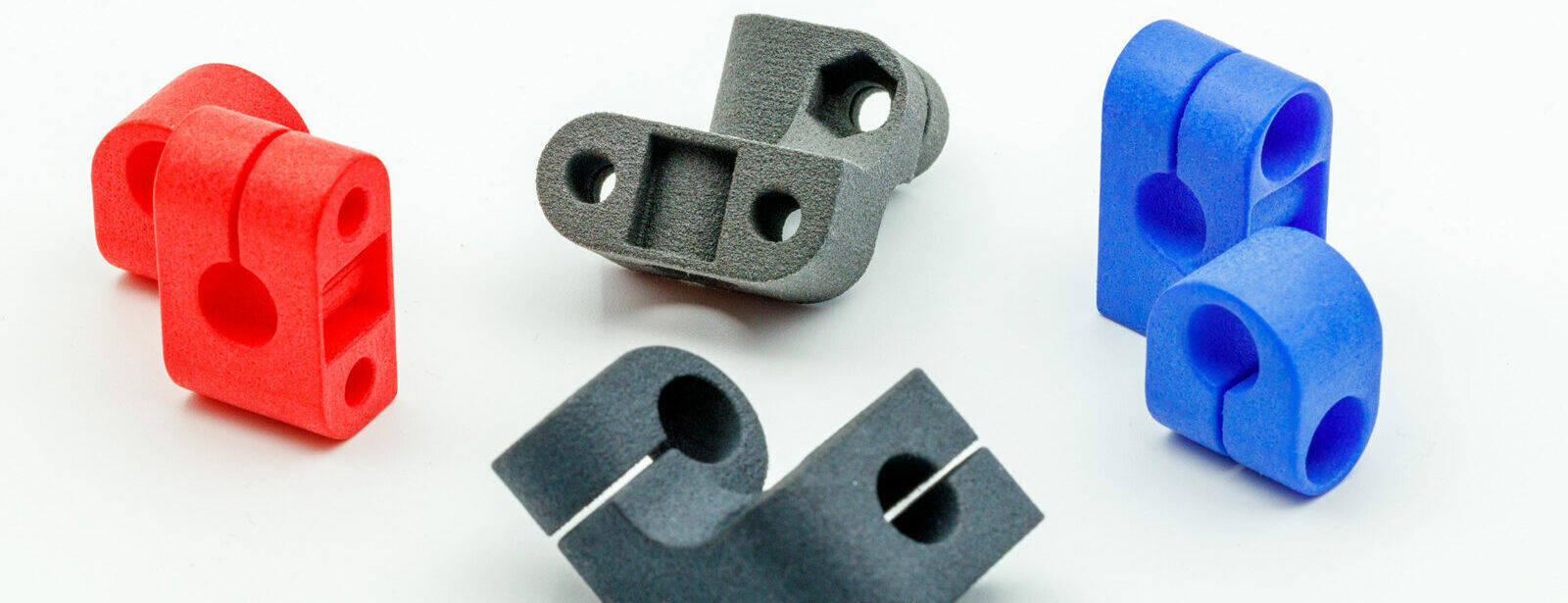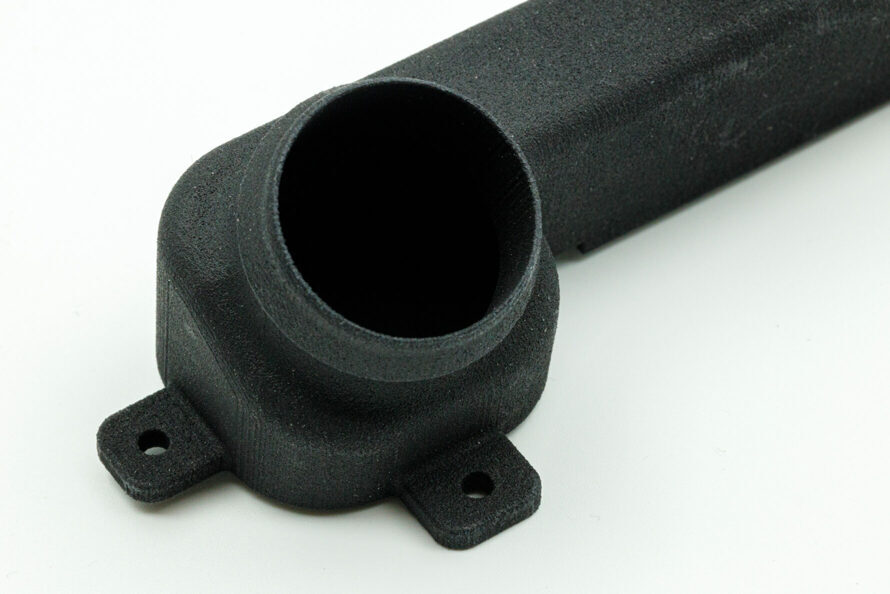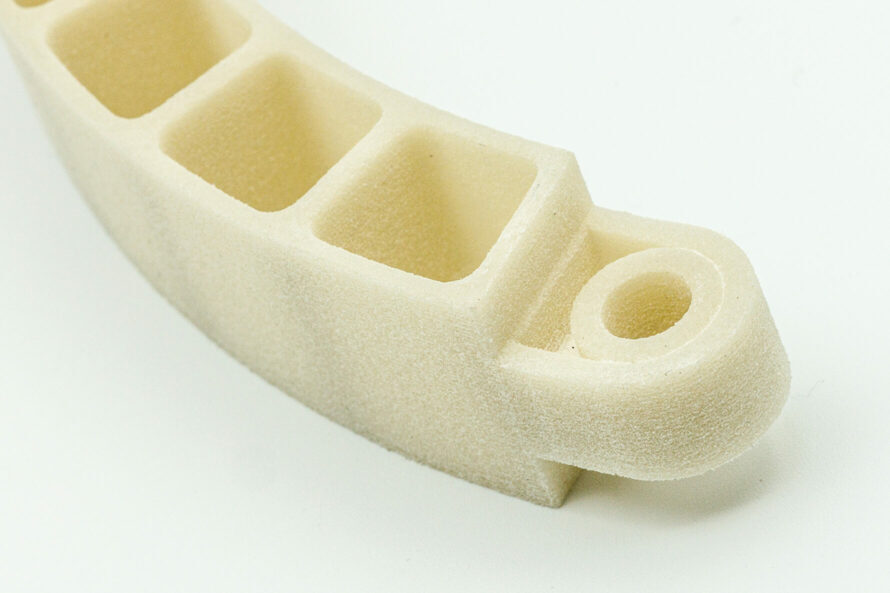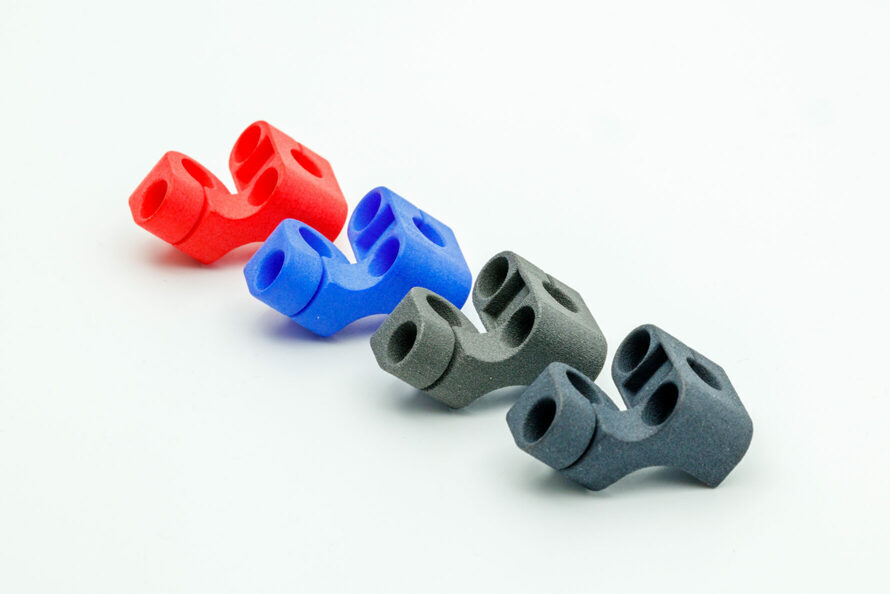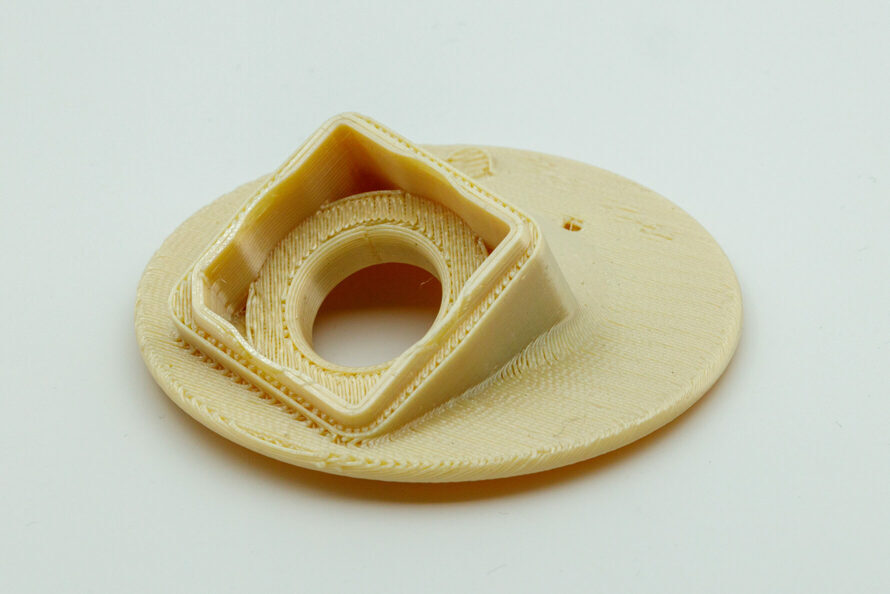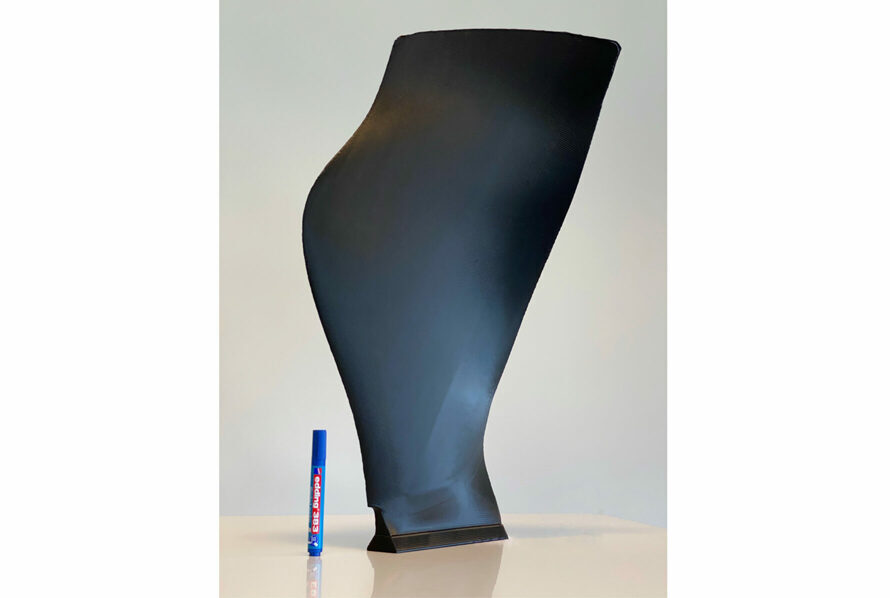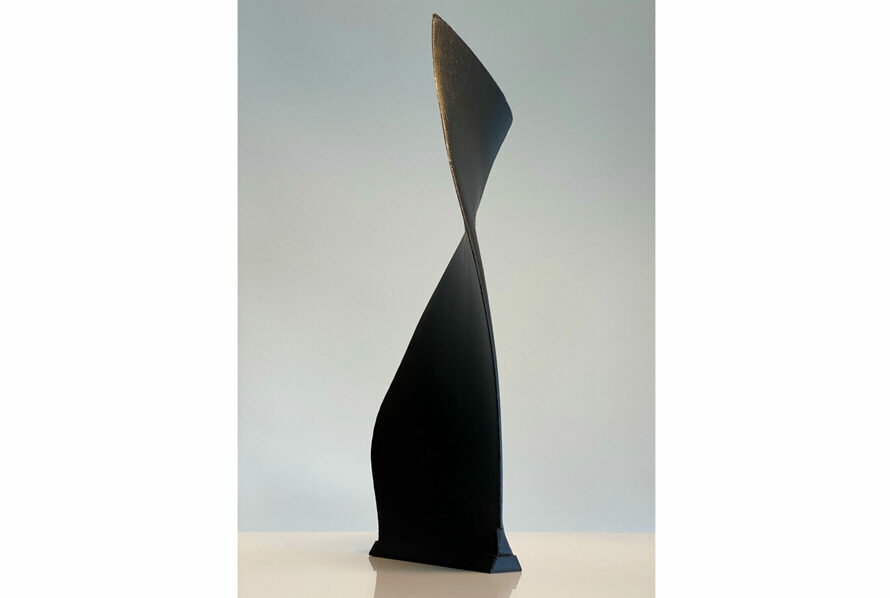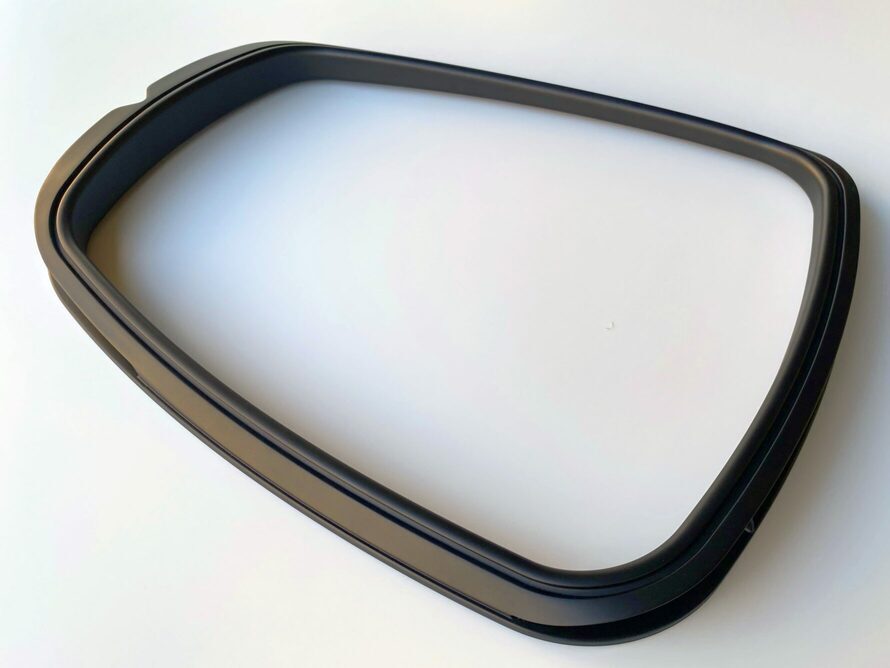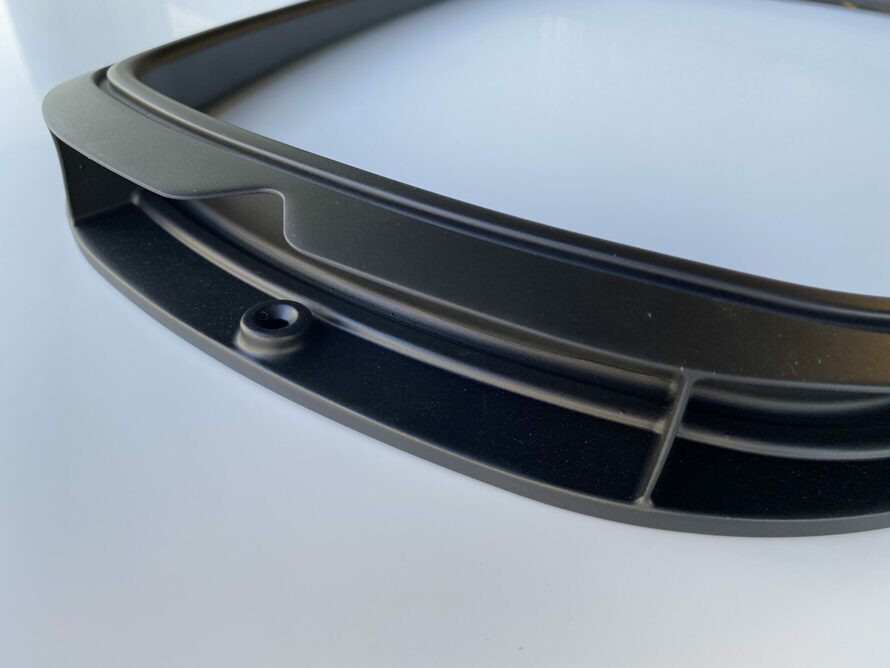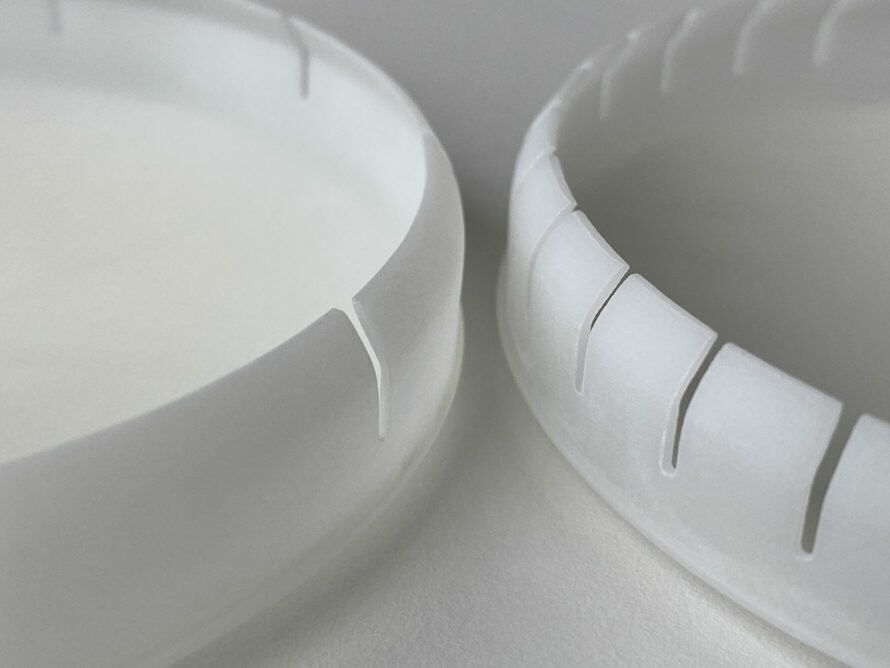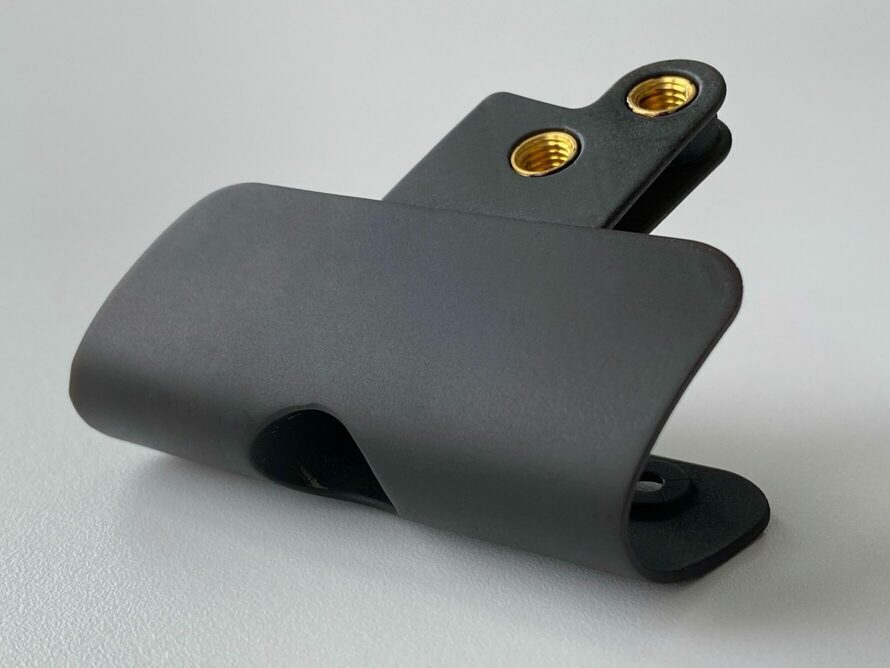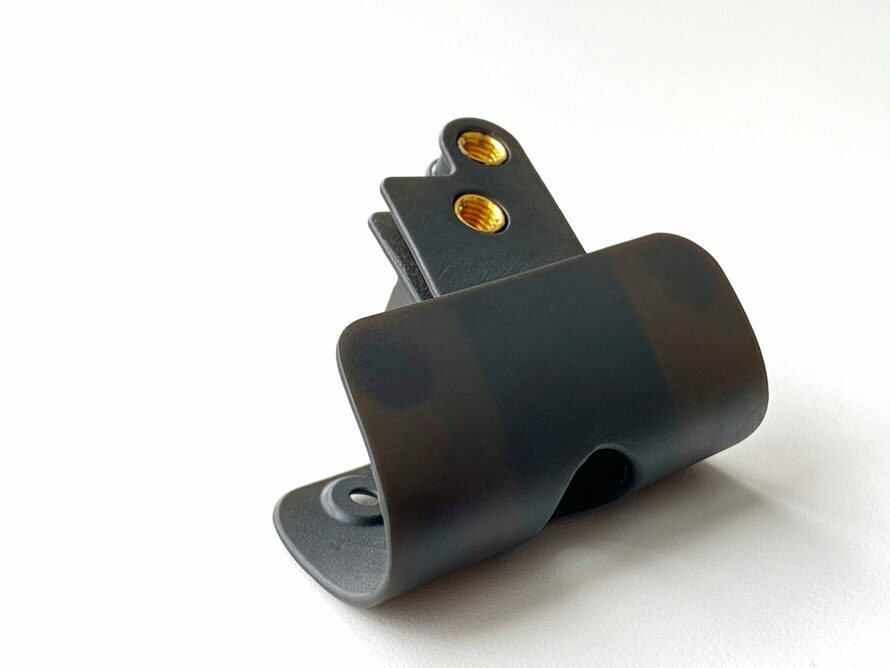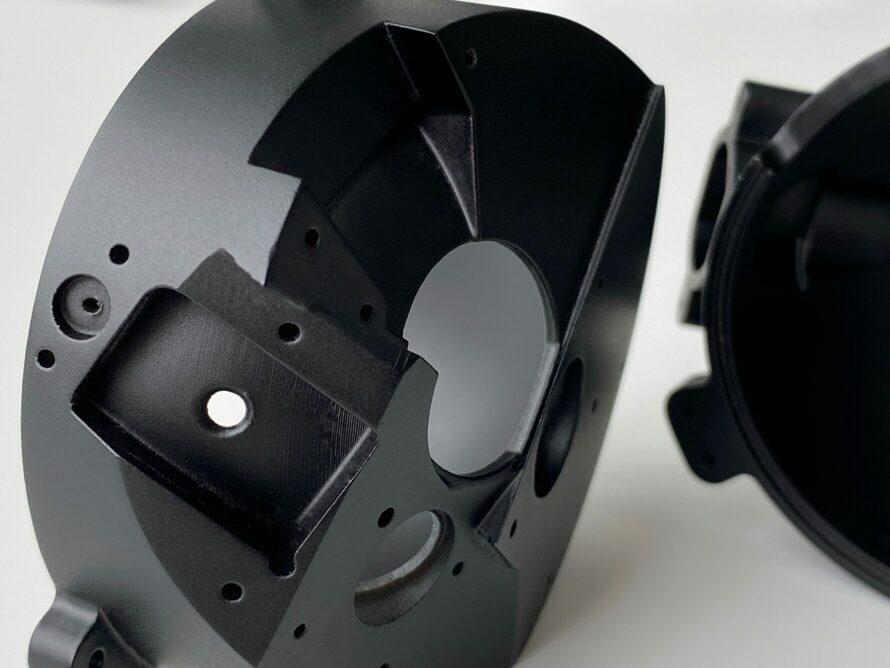Printing technology
Categorisation of
3D printing technologies
It is not always easy to keep track of all additive manufacturing technologies. Some processes are very similar, sometimes only the name of the machine manufacturer differs for the same printing technology. Different abbreviations in German or English make it even more difficult.
The many 3D printing technologies can be simplified into three groups. Each has its strengths and weaknesses. Most applications can be clearly assigned to one group. Once this first assignment has been made, the choice of the specific 3D printing technology within the group plays a minor role.
The many 3D printing technologies can be simplified into three groups. Each has its strengths and weaknesses. Most applications can be clearly assigned to one group. Once this first assignment has been made, the choice of the specific 3D printing technology within the group plays a minor role.
3D printing with powder-based processes
These processes include the most widely used technologies in the professional sector:
SLS - Selective Laser Sintering
MJF - Multi-Jet Fusion
SAF - Selective Absorption Fusion
With these three technologies you have a wide choice of materials and get functional as well as durable parts comparable to a machined or injection moulded parts.
One of the biggest advantages is that you are free in the design, as no support structures are ever needed. This makes the parts easy to calculate and inexpensive to produce. A disadvantage is the slightly rougher surface. This can be greatly improved by finishing (barrel finishing / chemical polishing).
In addition to reinforced and unreinforced polyamide, PP (polypropylene) and elastomers (TPU) can also be processed.
SLS - Selective Laser Sintering
MJF - Multi-Jet Fusion
SAF - Selective Absorption Fusion
With these three technologies you have a wide choice of materials and get functional as well as durable parts comparable to a machined or injection moulded parts.
One of the biggest advantages is that you are free in the design, as no support structures are ever needed. This makes the parts easy to calculate and inexpensive to produce. A disadvantage is the slightly rougher surface. This can be greatly improved by finishing (barrel finishing / chemical polishing).
In addition to reinforced and unreinforced polyamide, PP (polypropylene) and elastomers (TPU) can also be processed.
3D printing with molten plastic
This group includes the best known
FDM - Fused Deposition Modelling
In this classic process, the plastic filament is applied with an extrusion nozzle. ABS, PLA and PET in particular are processed. However, one of the strengths of this technology is that the choice of materials is almost unlimited. You will find high-performance plastics such as PPSU or PEI in our range, as well as carbon fibre-reinforced polyamides, long-fibre and short-fibre. With ABS-ESD7, even an electrostatically dissipative plastic is even available. In total, there are more than 20 different materials to choose from.
The disadvantage is the lower level of detail and, depending on the orientation, a rougher surface quality. Overhangs must be manufactured with support structures.
FDM - Fused Deposition Modelling
In this classic process, the plastic filament is applied with an extrusion nozzle. ABS, PLA and PET in particular are processed. However, one of the strengths of this technology is that the choice of materials is almost unlimited. You will find high-performance plastics such as PPSU or PEI in our range, as well as carbon fibre-reinforced polyamides, long-fibre and short-fibre. With ABS-ESD7, even an electrostatically dissipative plastic is even available. In total, there are more than 20 different materials to choose from.
The disadvantage is the lower level of detail and, depending on the orientation, a rougher surface quality. Overhangs must be manufactured with support structures.
3D printing with liquid plastics
The following processes are classified in this category:
SLA - Stereolithography
MJM - Multi Jet Modelling (Polyjet)
DLP - Digital Light Processing
In these 3D printing processes, liquid plastics (photopolymers) are cured using light.
The best-known process in this group is stereolithography (SLA). This process is considered the oldest 3D printing technology of all and is still current and widespread today.
These processes offer the highest level of detail and thus also the best surface qualities. The photopolymers (e.g. acrylic and epoxy resins) are available in various types. Some have a temperature resistance of up to 220° C.
A disadvantage of these materials can be their sensitivity to UV light. Good protection can be achieved with surface protection (lacquering).
SLA - Stereolithography
MJM - Multi Jet Modelling (Polyjet)
DLP - Digital Light Processing
In these 3D printing processes, liquid plastics (photopolymers) are cured using light.
The best-known process in this group is stereolithography (SLA). This process is considered the oldest 3D printing technology of all and is still current and widespread today.
These processes offer the highest level of detail and thus also the best surface qualities. The photopolymers (e.g. acrylic and epoxy resins) are available in various types. Some have a temperature resistance of up to 220° C.
A disadvantage of these materials can be their sensitivity to UV light. Good protection can be achieved with surface protection (lacquering).
